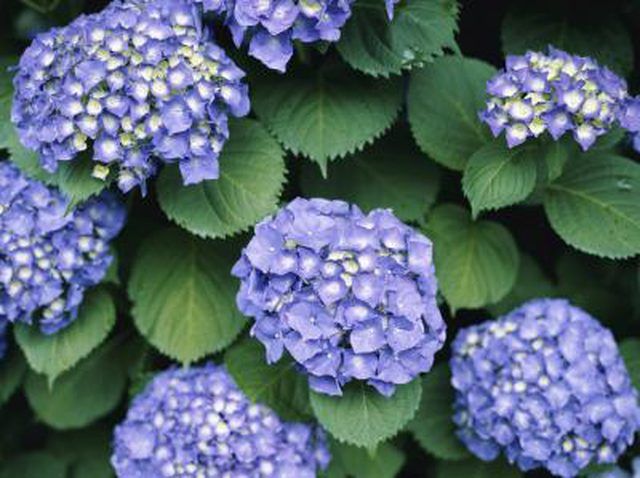Bulbs
Flower Basics
Flower Beds & Specialty Gardens
Flower Garden
Garden Furniture
Garden Gnomes
Garden Seeds
Garden Sheds
Garden Statues
Garden Tools & Supplies
Gardening Basics
Green & Organic
Groundcovers & Vines
Growing Annuals
Growing Basil
Growing Beans
Growing Berries
Growing Blueberries
Growing Cactus
Growing Corn
Growing Cotton
Growing Edibles
Growing Flowers
Growing Garlic
Growing Grapes
Growing Grass
Growing Herbs
Growing Jasmine
Growing Mint
Growing Mushrooms
Orchids
Growing Peanuts
Growing Perennials
Growing Plants
Growing Rosemary
Growing Roses
Growing Strawberries
Growing Sunflowers
Growing Thyme
Growing Tomatoes
Growing Tulips
Growing Vegetables
Herb Basics
Herb Garden
Indoor Growing
Landscaping Basics
Landscaping Patios
Landscaping Plants
Landscaping Shrubs
Landscaping Trees
Landscaping Walks & Pathways
Lawn Basics
Lawn Maintenance
Lawn Mowers
Lawn Ornaments
Lawn Planting
Lawn Tools
Outdoor Growing
Overall Landscape Planning
Pests, Weeds & Problems
Plant Basics
Rock Garden
Rose Garden
Shrubs
Soil
Specialty Gardens
Trees
Vegetable Garden
Yard Maintenance
Care of Hydrangea Plants in Orlando, Florida
Care of Hydrangea Plants in Orlando, Florida. Classic bigleaf hydrangeas (Hydrangea macrophylla) grow in the moderate climates of U.S. Department of Agriculture plant hardiness zones 5b through 9a. While Orlando's hot sunshine can prove challenging, you can still make these shrubs, with their large clusters of blossoms and richly colored...

Classic bigleaf hydrangeas (Hydrangea macrophylla) grow in the moderate climates of U.S. Department of Agriculture plant hardiness zones 5b through 9a. While Orlando's hot sunshine can prove challenging, you can still make these shrubs, with their large clusters of blossoms and richly colored foliage, striking accents in your Florida backyard.
Check Your Compass
While the traditional gardening rule dictates planting hydrangea shrubs in full sun, Orlando's hot sun is an exception. If possible, grow your hydrangeas on the north side of your house so the shrubs can escape the worst of the sun. If that's not possible, plant your hydrangeas under a tree where they'll get filtered sun or where they are shaded in the morning and afternoon.
Satisfy the Thirst
Hydrangeas thrive in consistently moist soil. In Florida's heat, that means watering them any day it doesn't rain. When you water, use enough water to moisten the soil to a depth of 8 to 12 inches. This encourages your hydrangeas to grow their roots deeper, further protecting them from drought stress and fluctuating daytime temperatures.
Feed Them Monthly
In Orlando, hydrangeas need moderate to high levels of soil nutrients to support their large blossoms and lush leaves. Fertilize hydrangeas once a month with a 20-20-20 granular fertilizer. Use approximately 1/4 cup for every 25 square feet of bed area. Water the soil immediately after spreading the fertilizer to minimize the risks of burn and to help carry the fertilizer's nutrients down into the soil.
Master the Mulch
Mulch helps to retain moisture in the soil and also shields your hydrangea shrubs' roots from Orlando's heat. Mulch also helps block out weed invasions and, as the mulch slowly decomposes, it adds nutrients to the soil. Every spring, spread a 4-inch-thick layer of wood chip or shredded bark mulch around the hydrangeas. Make sure the mulch doesn't touch the stems of the hydrangeas, as this can encourage fungal diseases.
Heal Foliage Afflictions
Occasionally, hydrangeas may show signs of fungal leaf diseases -- discolored spots and brown patches on the leaves. Prune off diseased leaves immediately. When trimming, use tools that have been wiped with a cloth soaked in rubbing alcohol. This helps prevent the spread of disease. Minimize the risks of plant diseases by watering hydrangeas at the base and keeping the leaves and stems as dry as possible.
Defend Against Pests
While hydrangeas are hardy and resistant to pests, some soft-bodied pests, like aphids and spider mites, may infest the shrubs. If the pests reach sufficient numbers, they may cause wilting, reduced blooming and similar problems. Treat infested hydrangeas with a homemade insecticidal soap. Mix 4 tablespoons of liquid dish soap in 1 quart of water and spray it on any affected areas of your shrub. Repeat every four to seven days until the problem subsides.